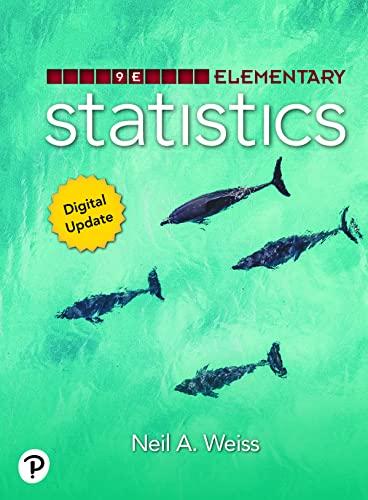In the journal article Cardiac- Resynchronization Therapy with or without an Implantable Defibrillator in Advanced Chronic Heart
Question:
In the journal article “Cardiac- Resynchronization Therapy with or without an Implantable Defibrillator in Advanced Chronic Heart Failure” (New England Journal of Medicine, Vol. 350, pp. 2140–2150), M. Bristow et al. reported the results of a study of methods for treating patients who had advanced heart failure due to ischemic or nonischemic cardiomyopathies. A total of 1520 patients were randomly assigned in a 1:2:2 ratio to receive optimal pharmacologic therapy alone or in combination with either a pacemaker or a pacemaker–defibrillator combination. The patients were then observed until they died or were hospitalized for any cause.
a. How many treatments were there?
b. Which group would be considered the control group?
c. How many treatment groups were there? Which treatments did they receive?
d. How many patients were in each of the three groups studied?
e. Explain how a table of random numbers or a random-number generator could be used to divide the patients into the three groups.
Step by Step Answer:






